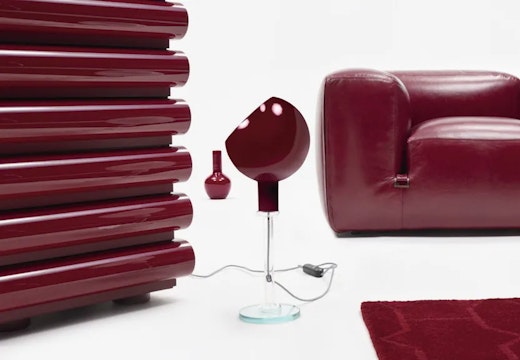New study charts the carbon impact and acoustic properties of office partitions
A new study by engineering firm Max Fordham and Workplace Futures Group examines the carbon impact of different office partitions, and highlights new innovative materials that are set to make a big difference to carbon credentials
In the evolving landscape of office design, the importance of sustainable building practices cannot be overstated. A recent study conducted by UK-based engineering consultants Max Fordham, commissioned by Workplace Futures Group, provides a thorough assessment of the embodied carbon involved in various internal wall build-ups, focusing specifically on office partitions.
The study was commissioned to better understand the carbon footprint involved in workplace construction projects and how to make more informed, sustainable design choices. Different wall constructions are evaluated based on acoustic performance – low, medium, and high – and carbon footprint throughout their lifecycle. This analysis was guided by the RICS Whole Life Carbon Assessment for the Built Environment, giving particular attention to the embodied carbon impacts which includes the manufacture, transportation, and installation of products.
The findings from the study were analysed during a roundtable discussion hosted by Workplace Futures Group, parent company of Modus Workspace. In attendance, Tim White – COO of Workplace Futures Group; Matt Robinson of Ambit; Iain McIlwee of FIS, Adam Hinds of Lifeproven, and Henry Pelly of Max Fordham.
Acoustic performance and carbon emissions
The report explored different configurations of materials based on their acoustic performance and mapped this against their carbon impact, providing a holistic view of the environmental footprint of each. The configurations ranged from common solutions like British gypsum with metal stud, to more innovative options like Cross Laminated Timber (CLT) and boards made of biogenic materials like Fermacel. Some of the key findings include:
- Timber studs reduce the acoustic performance of partitions, however they do offer the lowest embodied carbon.
- For high acoustic rated partitions, using a Pliteq system with timber stud offers the highest acoustic rating, and has the lowest upfront embodied carbon.
- When considering high and medium acoustic performance. Fermacel is a favourable option.
The carbon impact of transporting materials
A significant portion of the study was dedicated to understanding the impact of transportation on overall carbon emissions. It highlighted how the distance from manufacturing sites to installation sites can drastically affect the embodied carbon of the materials. For example, materials manufactured outside the UK generally have higher transportation-related carbon emissions due to the long distances involved.
During the roundtable discussion, Henry Pelly, principal sustainability consultant at Max Fordham stated that up to 40 per cent of the carbon emissions from clay boards – commonly produced in Central Europe – are due to transport because they are unavailable in the UK. In contrast, the transportation of locally produced materials in the UK account for just five per cent of carbon emissions.
Innovation in material science
The study also explored the implications of using biogenic materials, which are capable of sequestering carbon during their lifecycle. An interesting scenario considered was the potential future impact of Carbon Capture and Storage (CCS) technologies, which could alter the carbon footprint of these materials at the end of their lifecycle.
Matt Robinson, head of sustainability at Ambit commented during the roundtable discussion that Ambit is constantly exploring innovative alternatives to traditional partitions and plasterboards – including a new product called ‘Adaptivity breadboard’ which uses by-products from the animal waste industry, significantly reducing the carbon emissions of traditional products.
Implications for office design
For office design and build companies, these findings underscore the importance of choosing partition materials not only based on aesthetic and acoustic needs but also on their environmental impact. The study provides a framework for making informed decisions that align with sustainability goals, particularly under the UK Green Building Council’s (UKGBC) Net Zero Carbon Construction framework.
The Max Fordham study is a pivotal resource for architects, builders, designers, and corporate decision-makers who are taking sustainability initiatives seriously. It arms them with the necessary data to make environmentally responsible choices in office construction, ultimately contributing to the broader goals of sustainability and carbon reduction in building designs. The video summary of the roundtable discussion can be found here.








